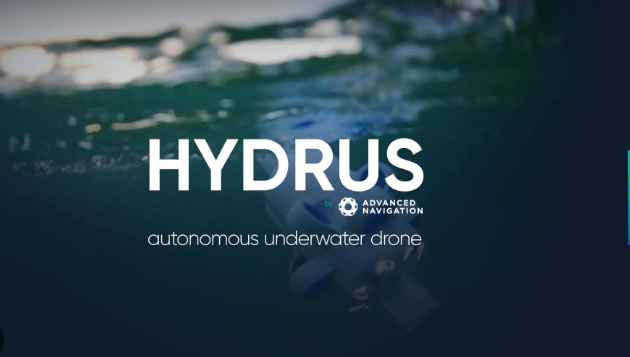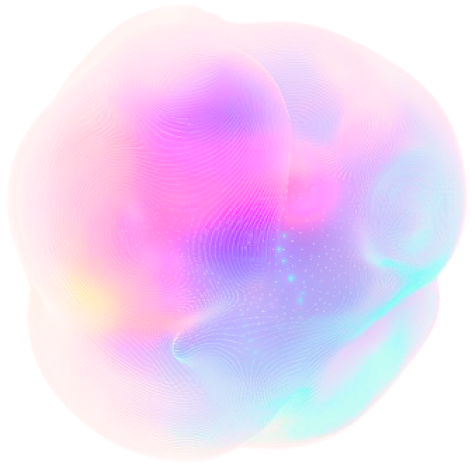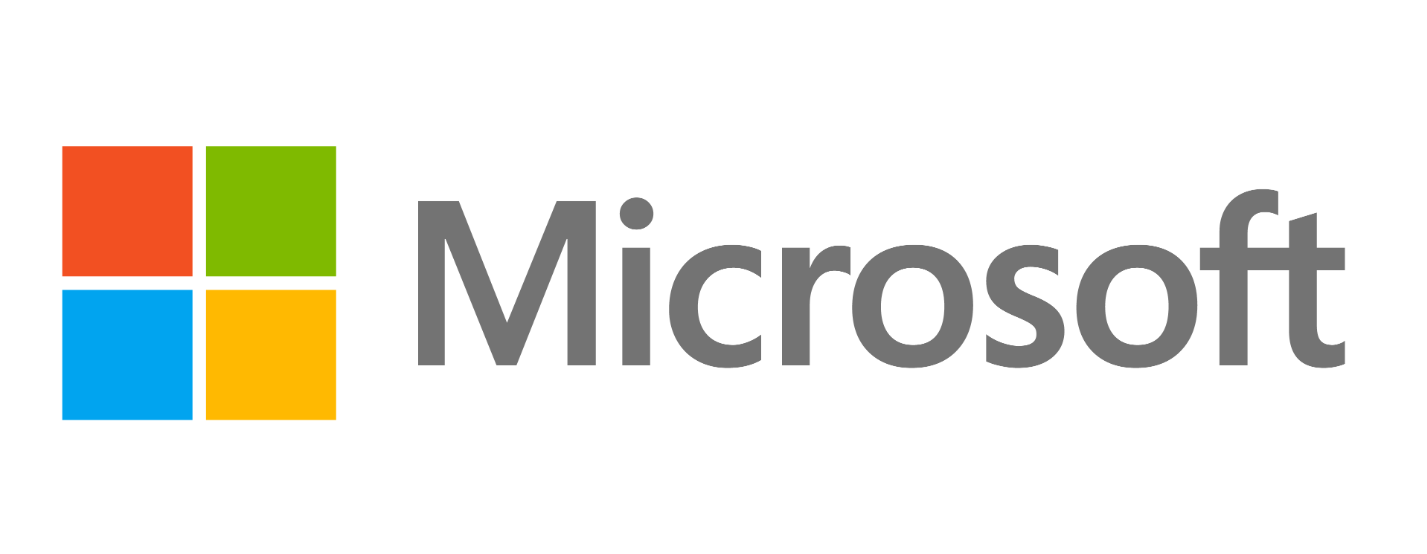As the Great Barrier Reef endures another devastating mass bleaching event, marine scientists are enlisting an artificial intelligence-powered underwater drone to intensively monitor the world’s largest reef system. This new technology could provide a much-needed boost in understanding and tackling the escalating coral crisis fueled by climate change.
The autonomous underwater vehicle, called Hydrus, combines cutting-edge robotics with onboard AI to capture incredibly detailed videos and 3D maps of the vast reef stretches. Developed by Australian marine robotics company Advanced Navigation, Hydrus can operate fully autonomously up to 5.5 miles off the ship for 3 hours at depths down to 10,000 feet.
What sets Hydrus apart is its AI-powered computer vision capabilities that can automatically classify and analyze the reefs in real-time as it cruises underwater.
“Using AI image processing, Hydrus can classify and analyze the images on board because the system is fully autonomous,” said Peter Baker, Subsea Product Manager at Advanced Navigation. “It means the decision-making has to happen on board the vehicle, and to do that, you need AI.”
This AI-driven approach could revolutionize how scientists study coral reefs compared to traditional diver-based surveys. As Melanie Olsen, Project Director of ReefWorks at the Australian Institute of Marine Science, stated: “Traditionally we’ve done this with dive teams; however, dive teams can only see so much and go so far, and that’s where we’ve had to augment our survey methods to include the use of robotics just to enable us to scale, to go deeper, to operate in areas where predators like crocodiles and bull sharks and jellyfish now recently reside.”
The ReefWorks program is collaborating with Advanced Navigation to leverage Hydrus’ capabilities for comprehensive reef mapping and monitoring. “We’re working on coral mapping with the Australian Institute of Marine Science, and what they’re trying to do is map areas of coral to detect change within those areas, which they can then use to extrapolate and model the entire reef,” said Baker.
Repeated, high-resolution surveys are crucial for tracking changes to coral health over time accurately. “One of the benefits of having a robotic system is that it goes back to that same location every single time and takes the same photo from the same orientation every single time, which is really difficult to achieve with a human diver,” Baker added.
As the climate crisis continues driving more frequent and severe coral bleaching on the Great Barrier Reef, this new AI-powered reef monitoring could prove instrumental. “We’re in the midst of another mass coral bleaching event right now, which means the Great Barrier Reef is at threat from climate change. That’s why AIMS is investing heavily in trying to expand our monitoring systems to be able to collect the data that decision-makers need to be informed,” Olsen said.
With its fusion of robotics, AI and autonomous operations, Hydrus represents a cutting-edge tool for marine researchers striving to understand better and mitigate the devastating impacts of our rapidly warming oceans on these precious coral reef ecosystems.






